Boosting Your Business: The Essentials of SEO-Friendly Web Design
In the digital era, having a stunning website is just the first step. For entrepreneurs and small business owners, the bigger challenge lies in attracting and retaining customers. This crucial journey begins with SEO-friendly web design, which is pivotal in making your site visible to the right audience. In this dynamic digital landscape, a website that combines aesthetic appeal with SEO optimization is a powerful tool for business growth.
The Foundation of SEO-Optimized Web Design
A website that ranks well in search engine results is not just about the keywords; it's about the overall user experience. This post will explore the essential components of creating an SEO-optimized website that not only catches the eye but also climbs the search engine rankings.
1. Responsive Design: A Non-Negotiable Element
In an age where mobile browsing has overtaken desktop, responsive design is no longer optional. A responsive website automatically adjusts to fit the screen it's being viewed on, whether it's a desktop, tablet, or smartphone. This adaptability is not just about user experience; search engines like Google prioritize mobile-friendly websites in their rankings.
2. Speed Matters: Optimizing for Quick Loading
Website speed is a critical factor in SEO. A fast-loading website not only ranks better but also provides a more pleasant browsing experience, reducing bounce rates and encouraging visitors to stay longer. We'll delve into practical tips to enhance your website's loading speed, such as optimizing images, leveraging browser caching, and minimizing code.
3. User-Friendly Navigation: Guide Your Visitors
The structure of your website should facilitate an effortless and intuitive user journey. A well-organized site with clear, logical navigation is favored by both users and search engines. We'll discuss how to structure your content and design your navigation to enhance both user experience and SEO performance.
4. Keyword Integration: Beyond Just Content
While high-quality, relevant content is key, how you integrate keywords into your web design is equally important. We'll cover the basics of keyword research and how to naturally incorporate these keywords not only in your content but also in meta tags, alt text, and URLs for maximum SEO impact.
Key Takeaways
- Responsive Design is Essential for SEO: A mobile-friendly website is a must for higher search engine rankings.
- Optimizing Website Speed Enhances User Experience: A fast website retains users and is favored by search engines.
- Seamless Navigation Improves SEO: Well-structured websites with user-friendly navigation are ranked higher.
- Integrate Keywords Thoughtfully: Effective keyword placement goes beyond content to metadata and other elements of web design.
Conclusion
Creating an SEO-friendly website is a multifaceted endeavor that involves more than just aesthetic design. It's about creating a harmonious balance between form and function. By focusing on responsive design, optimizing for speed, ensuring user-friendly navigation, and integrating keywords effectively, you can significantly boost your website's search engine ranking, attract more visitors, and ultimately, grow your business. At Webs of Color, our mission is to help you build not just a website, but a powerful online presence that drives success.




Services
Company
Subscribe today to join our Creative Circle!
Join our newsletter to
Thank you for subscribing to the Webs of Color Creative Circle! We can't wait to share our creativity and inspiration with you.
Best,
Webs of Color Team
Oops! Something went wrong, and we couldn't process your newsletter signup. Please try again, or feel free to reach out to us at help@websofcolor.com for assistance. We apologize for the inconvenience and appreciate your interest in staying connected with Webs of Color and joining our Creative Circle.

All Rights Reserved | Webs of Color LLC

